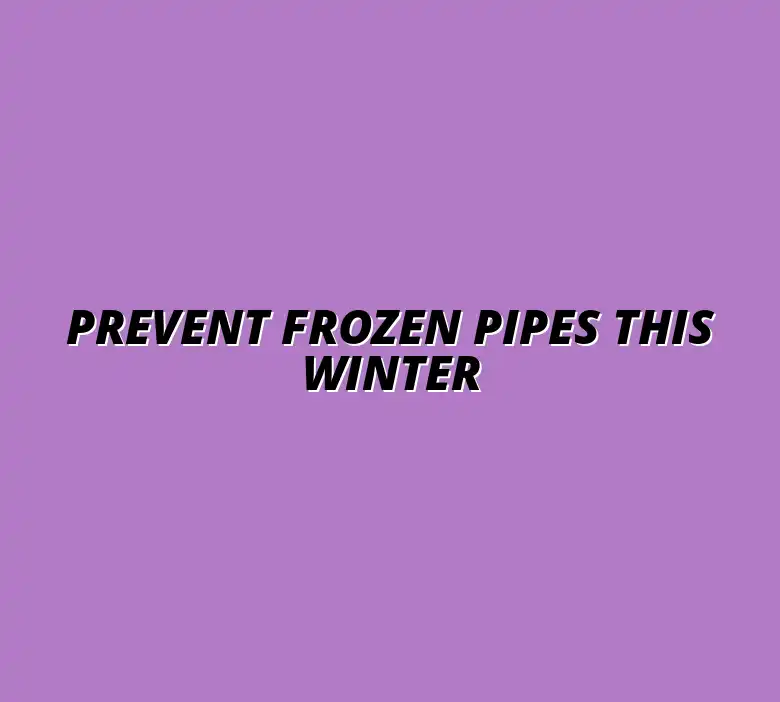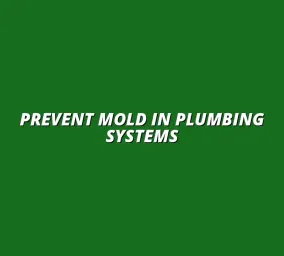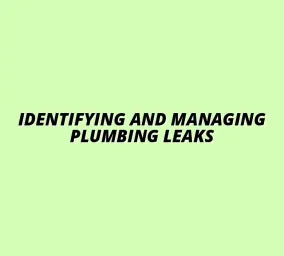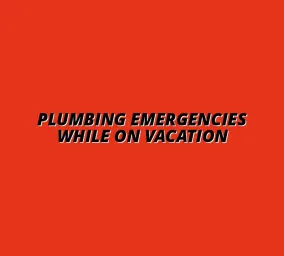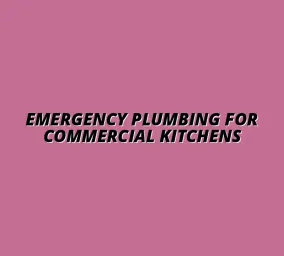Prevent Frozen Pipes This Winter
Understanding the Risks of Frozen Pipes During Winter
When winter arrives, many homeowners face the potential threat of frozen pipes. This can lead to a range of problems, from minor inconveniences to major disasters. Understanding the risks associated with frozen pipes is crucial in order to take the right steps to prevent them. Taking preventative measures, such as those outlined in this article on maintaining your plumbing system easily, can save you significant stress and expense.
Frozen pipes occur when water inside your plumbing system freezes due to low temperatures. A frozen pipe can burst when the ice expands, causing water to leak when it thaws. Knowing how to identify the common causes and the importance of preventative measures can save you time, money, and stress.
Identifying Common Causes of Frozen Pipes
Recognizing the factors that contribute to frozen pipes is the first step in prevention. The most common causes include extreme cold weather, lack of insulation, and issues with your home’s heating. By being aware of these causes, you can better protect your plumbing system during the winter months. Regular plumbing maintenance can also help identify potential issues before they become major problems.
Here are some common causes of frozen pipes:
- Prolonged cold temperatures: When temperatures drop significantly, it increases the chances of pipes freezing.
- Unheated areas: Basements, attics, and crawl spaces that are not heated can lead to frozen pipes.
- Pipes against exterior walls: Pipes running along outside walls are more susceptible to freezing.
How Cold Weather Affects Plumbing Systems
Cold weather can severely impact your plumbing system because water expands as it freezes. This expansion puts immense pressure on pipes, which can lead to cracks or bursts. It's essential to understand how this process works to effectively safeguard your home. Knowing how to repair a burst pipe quickly is crucial in minimizing damage.
In addition to freezing, cold weather can also make your plumbing less efficient. For instance, your heating system might have to work harder to keep the home warm, leading to higher energy bills. Recognizing this connection between cold weather and plumbing can motivate preventative actions!
Factors Contributing to Pipe Freezing
Several factors can lead to pipes freezing, including the age and condition of your plumbing. Older pipes may be more susceptible to freezing due to wear and tear. Additionally, the quality of insulation in your home plays a critical role. Proper drainage solutions can also impact overall plumbing health.
Other contributing factors include:
- Improper installation: Poorly installed pipes can create colder spots.
- Location: Homes in colder climates are at greater risk.
- Infrequent use: Pipes that are rarely used can freeze faster.
The Importance of Preventative Measures
Preventing frozen pipes is much easier than dealing with the aftermath. Taking proactive steps can save you from costly repairs and headaches. It's vital to invest time and resources into preventative measures in order to protect your home. Regular maintenance, including checking for pipe corrosion, is essential.
By implementing a few simple strategies, you can significantly reduce the risk of frozen pipes. This not only helps ensure your plumbing system remains functional, but it also provides peace of mind during the cold winter months.
Cost Implications of Frozen Pipes
Ignoring the risks of frozen pipes can lead to steep costs. When a pipe bursts, you could be looking at not just the cost of repairs, but also potential damage to your home and belongings. This can lead to expenses related to water damage restoration, furniture replacement, and more. Proper water heater maintenance can also prevent costly repairs.
Consider the following cost factors:
- Cost of repairs for burst pipes
- Replacement costs for damaged fixtures
- Water damage restoration services
Potential for Water Damage and Home Repairs
Water damage is one of the most significant risks associated with frozen pipes. When a pipe bursts, it can lead to extensive damage to walls, floors, and personal belongings. The longer the water flows, the more destruction it can cause.
In addition to structural damage, you may also face issues like mold growth if water is not promptly addressed. This can lead to health risks and even more costly repairs in the long run. Protecting your plumbing this winter is essential! In case of an emergency, consider contacting a plumber in your area for swift assistance.
Addressing Common Questions About Frozen Pipes
Frozen pipes can lead to significant damage in your home, and understanding the warning signs is crucial. Many homeowners may not realize what to look out for until it's too late. By being aware of the symptoms of imminent pipe freezing, you can take action before a freeze occurs!
Recognizing these early warnings can save you from costly repairs and water damage. It’s important to stay vigilant during the winter months, especially if temperatures drop suddenly. Remember, quick intervention can be your best friend in preventing disaster.
What are the Warning Signs of Imminent Pipe Freezing?
There are several symptoms that indicate your pipes might be at risk of freezing. Noticing these signs early can help you take the necessary precautions. Here are some common warning signs to watch for:
- Water pressure drops suddenly
- Unusual sounds, such as gurgling or banging in your pipes
- Frost appearing on exterior pipes
- Water discoloration or strange odors
If you spot any of these symptoms, it’s time to act quickly! Adjusting your thermostat, opening cabinet doors, or letting a faucet drip can help avoid a freeze.
Identifying Symptoms Before a Freeze Occurs
It’s essential to recognize the symptoms before they escalate. For instance, if you notice a lack of water flow from a tap connected to an outside wall, it could signify that the pipe is beginning to freeze. Keep an eye on any unexplained drops in water pressure, as this could indicate a blockage forming within the pipe.
Also, pay attention to any unusual frost forming around the pipes. This can be a clear indication that temperatures are dropping low enough to cause freezing conditions. If you notice any of these symptoms, don’t hesitate to act!
How to Respond to Early Warnings
When you identify early warning signs, it’s time to take quick action. Here’s what you can do:
- Increase indoor heating, especially in areas around exposed pipes.
- Open cabinet doors under sinks to allow warmer air to circulate.
- Let faucets drip to relieve pressure and keep water moving.
Implementing these steps can help prevent a pipe freeze before it leads to a bigger issue. Always remember to keep an open line of communication with your household members about these precautions!
What Should You Do If a Pipe Freezes Despite Precautions?
Even with the best precautions, sometimes pipes still freeze. If you find yourself in this situation, it’s important to remain calm and know the steps to take. The quicker you act, the better chance you have of minimizing damage.
Don’t panic! There are safe and effective ways to thaw frozen pipes. However, it’s crucial to handle the situation carefully to avoid rupturing the pipe.
Immediate Steps to Thawing Frozen Pipes Safely
If you suspect a pipe is frozen, follow these immediate steps:
- Turn on the faucet connected to the frozen pipe.
- Apply heat using a hairdryer, heat lamp, or space heater.
- Start heating the pipe nearest to the faucet and work your way back.
- Avoid using boiling water or an open flame to thaw pipes.
Monitoring the situation as you apply heat is essential. Once water starts flowing again, leave the faucet open to help melt any remaining ice.
When to Call a Professional Plumber
Sometimes, despite your best efforts, a frozen pipe can lead to complications. If you’re unable to thaw the pipe or notice leaking water, it’s time to seek help. Calling a professional plumber can save you from further damage and provide peace of mind.
A plumber has the right tools and experience to handle frozen pipes safely. Remember, it’s always better to be safe than sorry when it comes to your home’s plumbing!
Summarizing Key Preventative Strategies for Homeowners
In conclusion, knowing how to address frozen pipes is essential for homeowners. By being aware of the warning signs and having a plan in place, you can protect your home from winter-related plumbing issues. Throughout this season, remain vigilant and proactive!
Taking the time to implement preventative strategies will not only save you from stress down the line but also provide long-term benefits for your home. Every small step counts!

